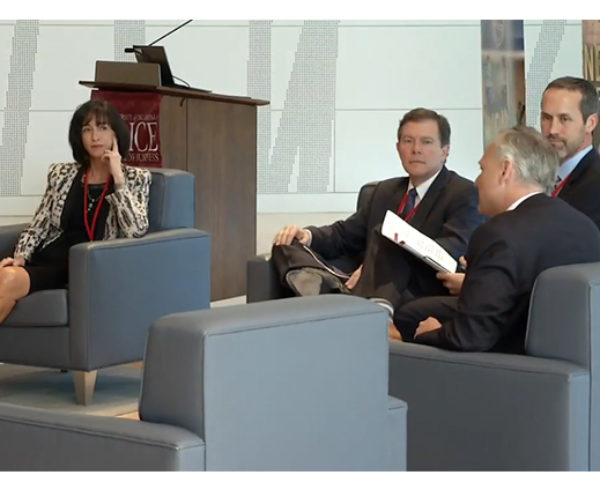It seems as if seismologists are drowning in data amidst an ocean of seismic noise. Now, researchers at Harvard, MIT, and Virginia’s Gram Labs are leveraging advances in artificial intelligence (AI) to quiet down the noise and help detect and more accurately locate induced earthquakes. Their new technology offering known as ConvNetQuake is a neural network specifically designed to detect and locate earthquakes from a single waveform and that is orders of magnitude faster than established methods. And, it sees through the noise to identify activity masked by current detection techniques.
More accurate data should allow higher quality research, understanding, and mitigation planning. Key to its success is overcoming seismic noise to unearth events otherwise not detectable. It’s really a massive IT problem, and the researchers appear to have found a better way to skin the cat by reducing the complexity of a template matching approach that allows FAST (Fingerprint and Similarity Thresholding) to extract (and store and catalogue) fingerprints from repetitive localized seismic waveforms to reduce computational intensity for more efficient, locality-sensitive data crunching.





